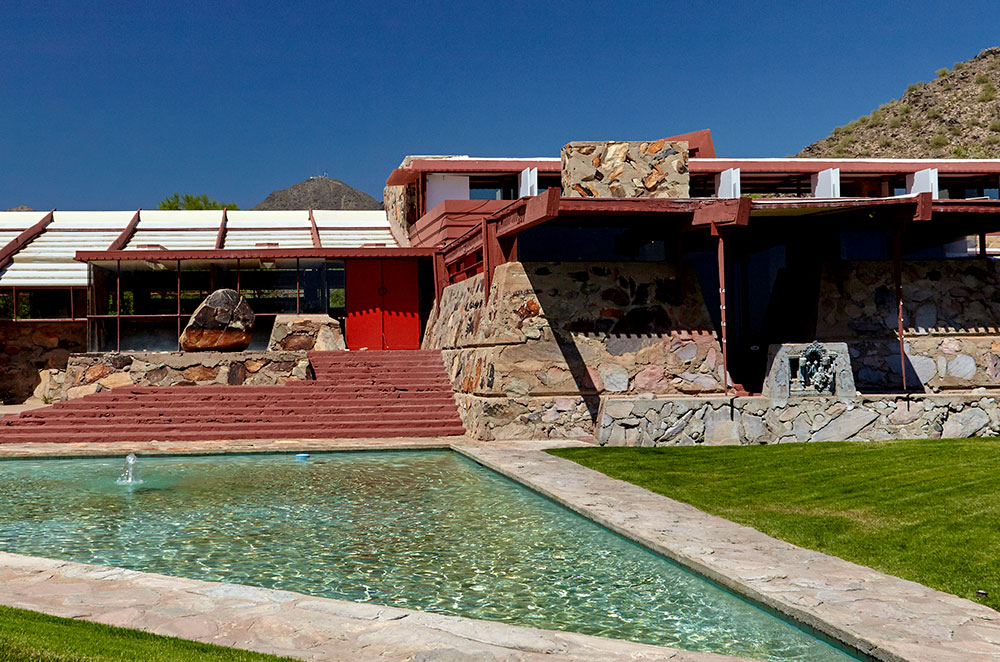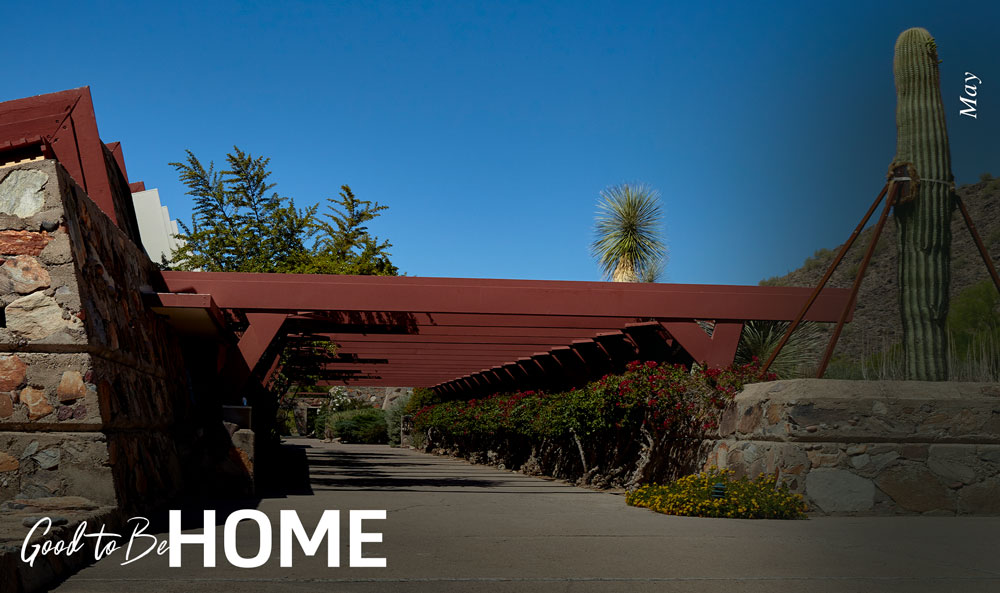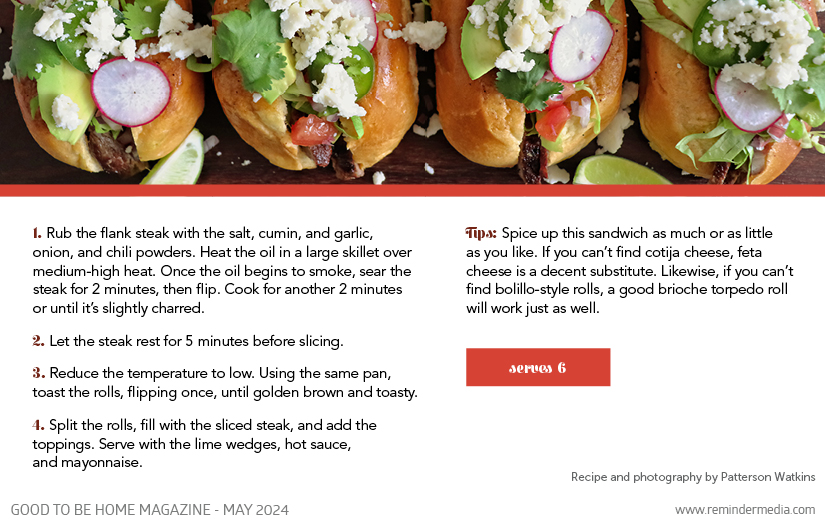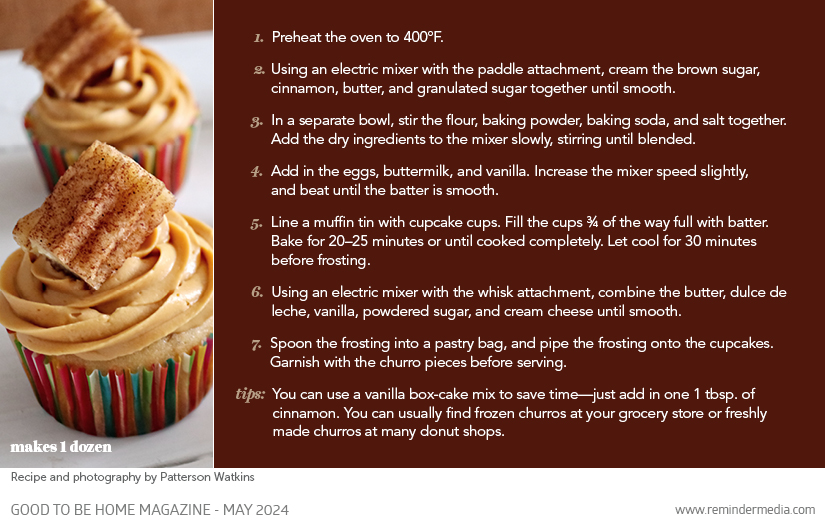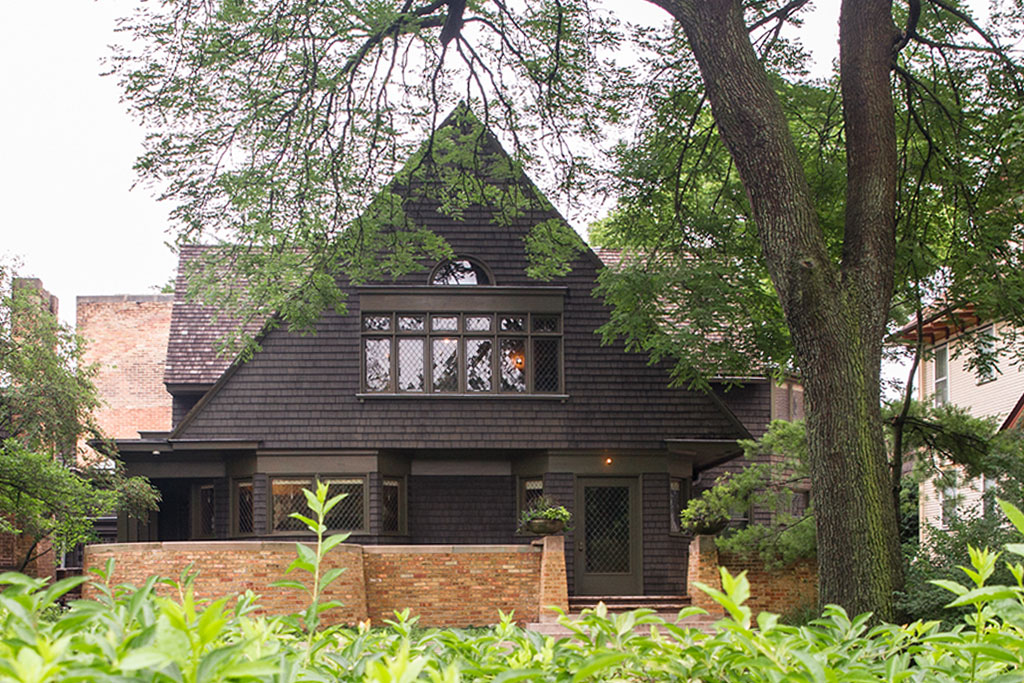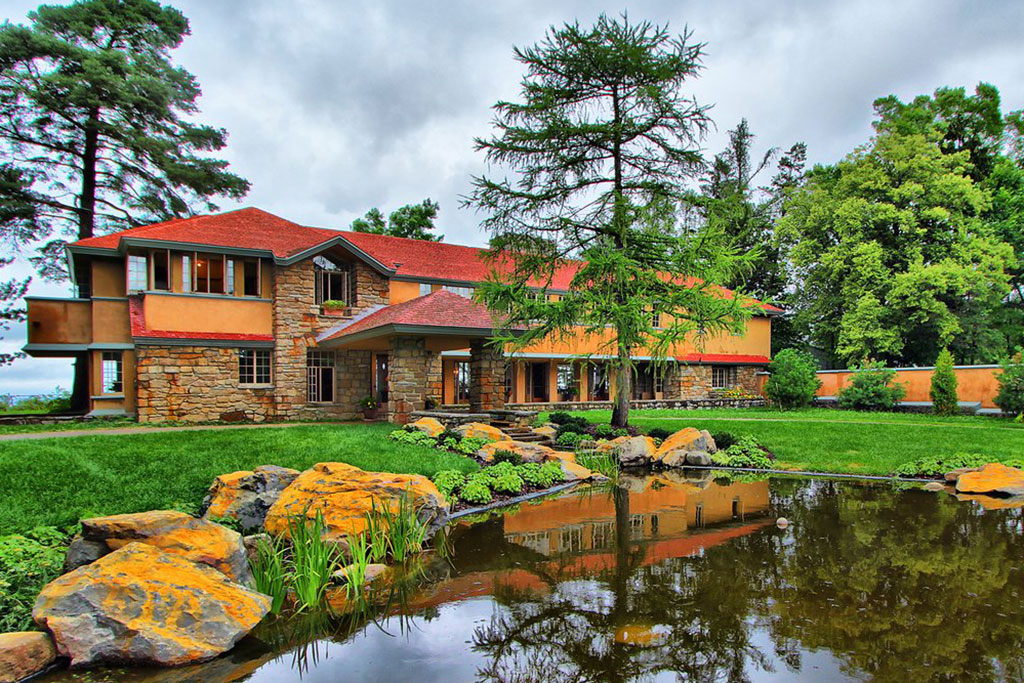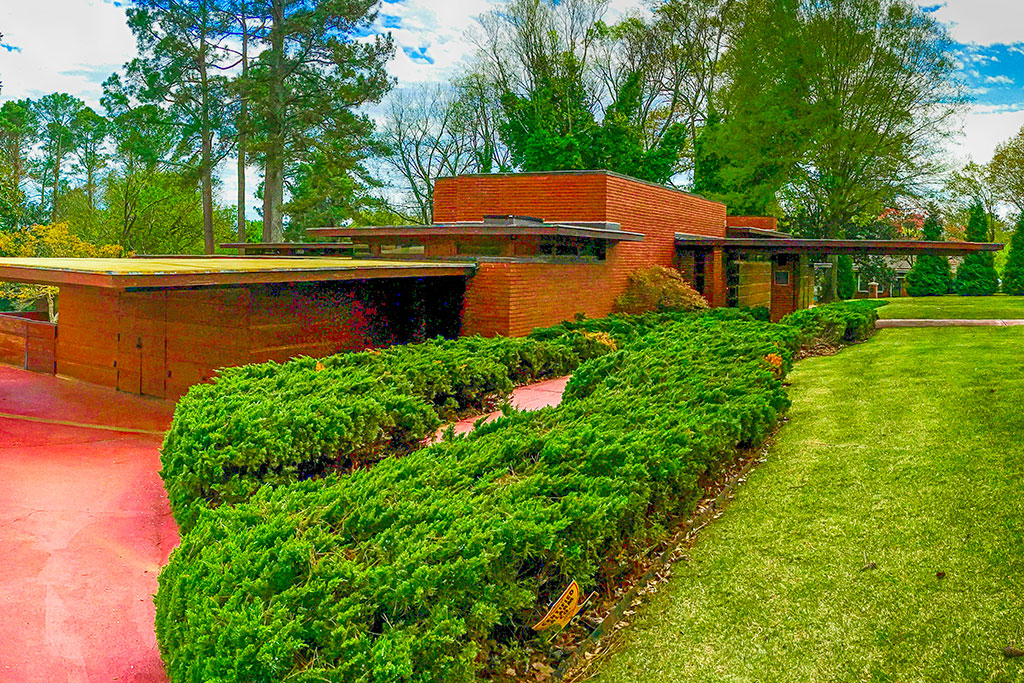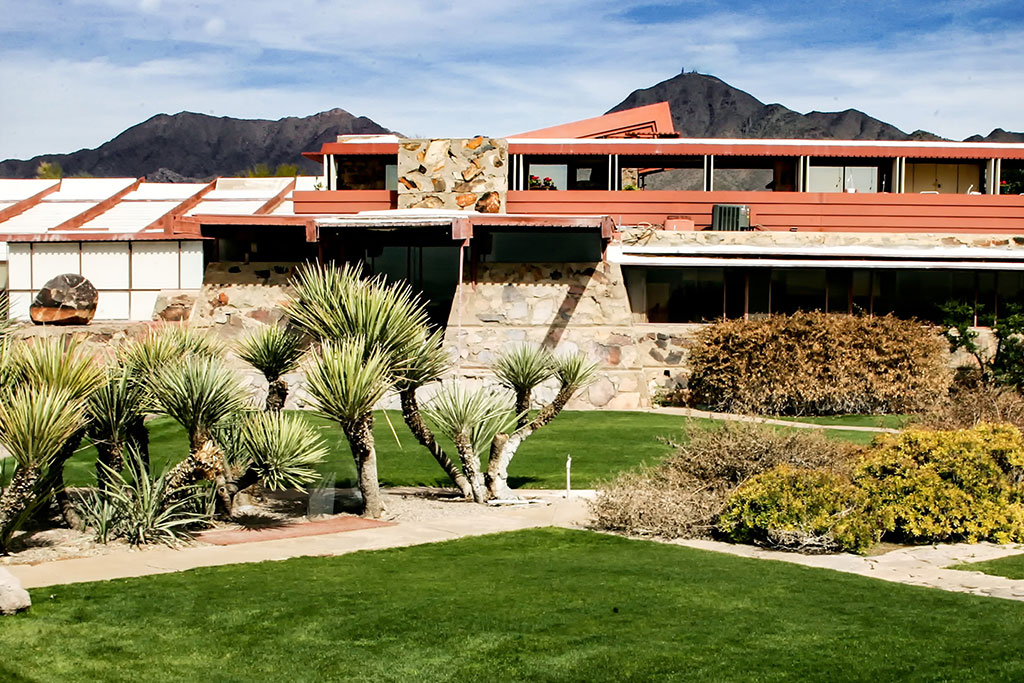Array
(
[0] => Array
(
[item_type] => phone
[content] => Array
(
[label] => Cell
[number] => 7038673436
[extension] =>
)
)
[1] => Array
(
[item_type] => email
[content] => Array
(
[label] => Email
[email_address] => michele@realestateofnva.com
)
)
[2] => Array
(
[item_type] => address
[content] => Array
(
[label] => Office
[addressee] => Real Estate of NVA | Real Broker, LLC
[address1] => 1765 Greensboro Station Place
[address2] => Suite 900
[city] => McLean
[state] => VA
[zip] => 22102
)
)
[3] => Array
(
[item_type] => website
[content] => Array
(
[label] =>
[value] => RealEstateofNVA.com
)
)
[4] => Array
(
[item_type] => social_media
[content] => Array
(
[label] =>
[value] => Facebook.com/RealEstateofNVA
)
)
[5] => Array
(
[item_type] => social_media
[content] => Array
(
[label] =>
[value] => Instagram.com/RealEstateofNVA
)
)
[6] => Array
(
[item_type] => social_media
[content] => Array
(
[label] =>
[value] => Linkedin.com/company/RealEstateofNVA
)
)
[7] => Array
(
[item_type] => social_media
[content] => Array
(
[label] =>
[value] => YouTube.RealEstateofNVA.com
)
)
)
?>
May is National Moving Month, making it an opportune time to pull the trigger on switching to a home that offers the ideal amount of space—a process also known as rightsizing. Whether you’re planning to expand into a bigger place or transition to a smaller one, this guide can help you navigate the ins and outs of the process.
Upsizing
Growing families, changing care and support needs, and a desire for a more comfortable lifestyle are some of the reasons people consider purchasing a larger home, which can offer greater space and flexibility. However, this move can come with a unique set of challenges that require careful consideration and a detailed plan to navigate successfully.
Consider the financial impact
It’s no secret that upsizing entails taking on additional costs compared to living in a smaller home. Beyond the higher monthly mortgage payments and greater utility and maintenance bills, you may also face increased property taxes and insurance rates. Therefore, it’s essential to factor in these and other expenses when deciding to upgrade to ensure you can comfortably accommodate them.
Save up
In addition to the heightened monthly costs of owning a bigger home, there may be some initial expenses you’ll want to prepare funds for ahead of time. For instance, your current furniture and decor may not fit to scale in the expanded space, requiring you to upsize your furnishings or acquire more pieces. While this process can be costly, you don’t have to tackle everything at once. To start, prioritize the rooms where you’ll spend the most time, focusing on the items you know you’ll need to change or add. As you settle in, you’ll grow to understand how you live in and interact with the space, allowing you to make further adjustments that align with your lifestyle needs.
Declutter
Downsize before you upsize! The storage potential of a larger space can be tempting, but hauling unnecessary items will only bog you down and increase your moving costs since movers typically charge by weight. Instead, let go of the nonessentials and embrace a fresh start. Going room by room, sort all your items into three piles—keep,
Downsizing
Larger homes offer a lot of upsides, especially for families, but they aren’t necessarily right for everyone or for every stage of life. Regardless of your individual circumstances, priorities, and long-term goals, make sure to follow these key steps to conduct a successful move.
Clarify your objectives
Beyond having too much space, there are several reasons you may want to switch to a smaller home. Perhaps you want to reduce your monthly mortgage payment, property taxes, or utility bills to free up funds for other lifestyle priorities. Or maybe you want a turnkey home where you can leave at a moment’s notice to travel or visit your grandchildren. Establishing these intentions right at the start can better ensure you make wise choices throughout the homebuying and moving process to help you achieve your vision.
Evaluate your belongings
Like with upsizing, you’ll need to assess how to seamlessly blend your current items into your new environment while being realistic about which ones are not practical for downsized living. This can be especially tricky when it comes to larger items such as sofas, recliners, bedroom furniture, and oversized area rugs. To simplify this process, measure each of these pieces, then draft a layout for every room of your new residence (you should be able to obtain a floor plan from your agent) to determine how to maximize the available space. If something doesn’t fit or makes the room seem cluttered, that may be a sign you’ll have to get rid of it.
Of course, you won’t fully know whether you’ve reduced your belongings enough or how your items feel in the new space until you move in. Don’t be afraid to rearrange furniture, several times if needed, until you’re happy with it. This may include removing furniture and decor that impede the flow of your smaller home or even incorporating new pieces that better bring the space together.
Get ready for an adjustment period
Even when you know it’s the right move, adapting to a new abode will always take some time, especially if it’s smaller than the one before. You may have had to make hard choices about letting go of certain sentimental items for the sake of space, and dealing with fewer storage options may bring moments of frustration. Have patience, and keep your mind on the positives about your new place. With time, it’ll eventually come to feel perfectly like home.
Whether upsizing or downsizing, use this opportunity to create a dream space that reflects your needs and lifestyle. Consult with your real estate agent to help you plan and prepare effectively, enabling you to make the transition a smooth and enjoyable one.
Download the Rightsizing Your Home Guide



